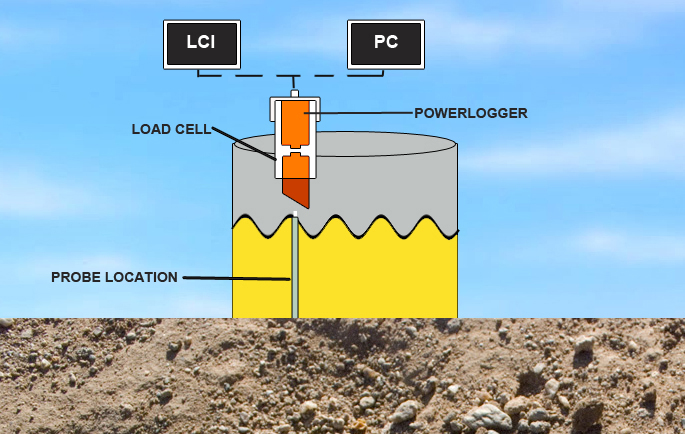- The technician will ensure the vehicle is safely positioned and is OFF before exiting the vehicle.
- The technician will identify himself to the contact person at the site and obtain a safe-work permit.
- A tail-gate meeting will be held with all concerned parties to explain the test procedure and gain specific site information.
- The vessel must have a minimum of 1.2 meters of liquid level.
- The vessel to be tested will be identified and appropriate safety measures will be taken, such as H2S, LEL and 02 levels.
- Ensure that the vessel is shut in from any operating systems.
- The technician will perform a walk around the vessel to check for any visible leaks from the man way and associated piping. Information will then be gathered from the identification plate.
- The technician will access the top of the tank to take measurements and gauge the amount of liquid via the opening in the tank top closest to the side that has a mounted ladder.
- The technician will monitor the test data periodically during the test. The test will take a minimum of one hour to collect data.
- At the conclusion of the test, the technician will remove all test equipment and return the safe work permit to the originator or their designate.
- The vessel may then be returned to normal service or remedial action taken.
- A written report will be provided.
Reviewed Oct 31/16
Typical Above Ground Storage Tank

